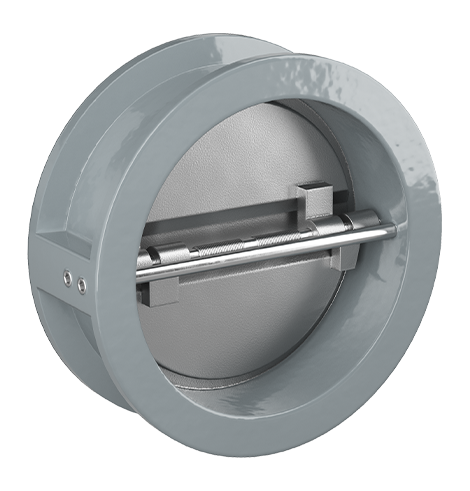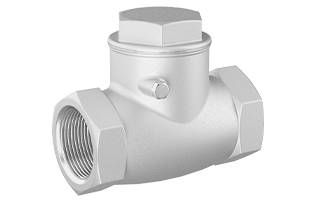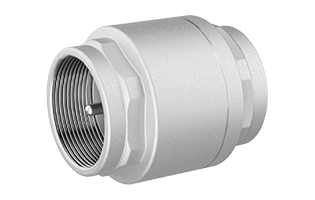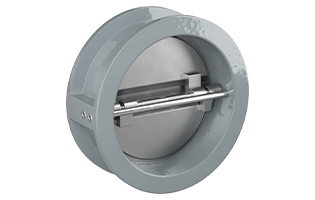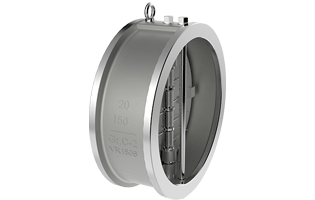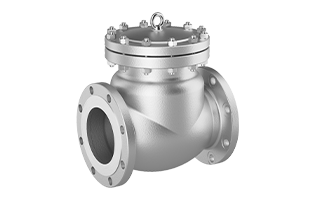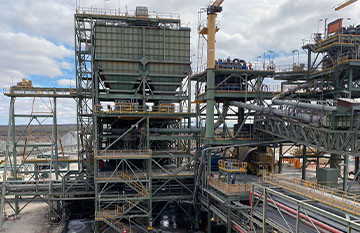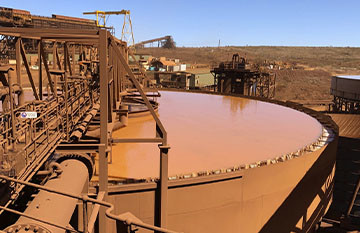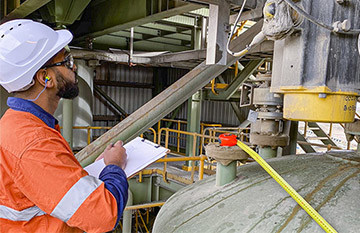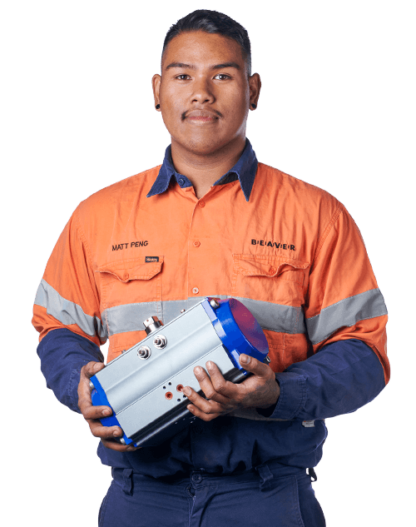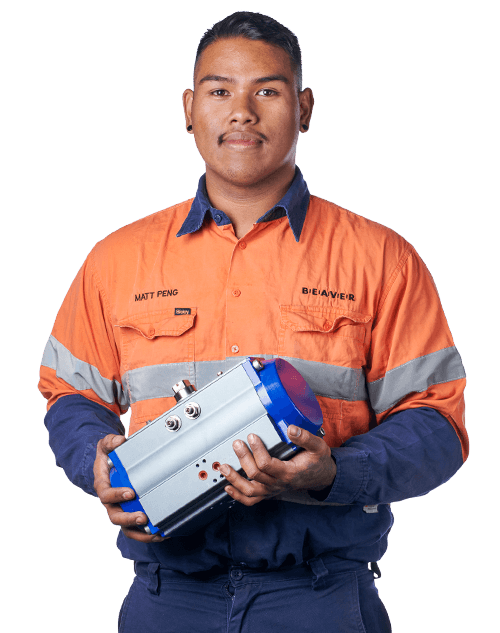Check Valves Products
How we help you choose the right valves:
FAQ
Can you supply check valves for large projects?
Yes. As a trusted mining valve supplier in Australia we can supply and distribute check valves for large-scale projects anywhere throughout the world. Tell us about your project and we’ll help you select the right check valves.
I need a fast turnaround, can you help?
Yes. While order turnaround times do vary depending on the valve type, let us know when you need your check valves delivered by and we’ll do our best to get them to your site by deadline.
Learn more
What pressure is a check valve rated to?
Each type of check valve has a different pressure range. We can supply check valves suitable for your specific pressure (bar, psi, kpa) requirements. Let us know what pressure you need your check valve rated for and we’ll recommend the best solution.
What type of check valves do you stock?
We have a range of check valves suited to a variety of applications. Our range includes small bore swing check valves, small bore inline spring check valves, resilient seated dual plate check valves, dual plate check valves and bolted bonnet swing chick valves.
What is a check valve?
A check valve (also known as a non-return valve) is a valve found in industrial process plants that enables the flow of media through it in one direction. They are designed to stop flow from going backwards (upstream).
What is a non return valve?
A non return valve is another name for a check valve.
How does a check valve work?
Check valves are one way valves that only allows the flow of water or other media to flow in one direction. They are commonly referred to as one way valves or non-return valves. Their main function is the stop back flow in the piping system. The flow of media (eg. water) opens and closes the check valve.
What is the main purpose of a check valve?
The primary function of a check valve (also known as a non-return valve or one way valve) is to stop back flow which could harm equipment or result in contamination.
What is cracking pressure?
Cracking pressure can be defined as the minimum upstream pressure necessary to open a check valve to enable flow. When the cracking pressure is reached, the check valve will open and media will begin to flow through it.
How does a check valve close?
When pressure upstream of the valve drops to a level below that of the cracking pressure, the valve will close. In some cases, the closing of the valve is support by a spring.
How do you install a check valve?
As check valves are not bi-directional, you must install it in the correct orientation. Check the valve casing for an arrow which will tell you the direction of flow.
What is an in-line spring loaded check valve?
The spring loaded check valve is one of the most common designs. The design and function of a spring valve is simple. When the flow upstream of the spring valve generates enough pressure to crack the valve, flow will run through it. As the pressure of flow drops below that of the cracking pressure, the stainless steel spring and back pressure force the valve to close.
What are the materials used in the components (spring, body seat, etc) of a check valve?
The body of a check valve can be made out of cast iron, CF8M stainless steel or ductile iron. The disc is commonly made out of stainless steel. The stem and spring is commonly made out of stainless steel. The seat is commonly made out of EPDM, Viton, Buna or metal. And the bushing is commonly made out of PTFE.
What size do your check valves come in?
The DN size of our check valves range from DN8 up to DN900. Let us know what size check valve you need.
What is a ball check valve?
A ball check valve has a spring loaded ball inside of it. The spring applies pressure to the ball and the ball will seal with the seat and create a positive seal when cracking pressure is not applied. This prevents backflow. When pressure exceeds that of the cracking pressure, the ball will move out of its seat and flow will result.
Why is stainless steel commonly used in check valves?
Stainless steel offers exceptional resistance to corrosion, high and low temperatures, and superior mechanical characteristics. In mineral process plant applications, stainless steel is a popular choice due to its high level of durability.








